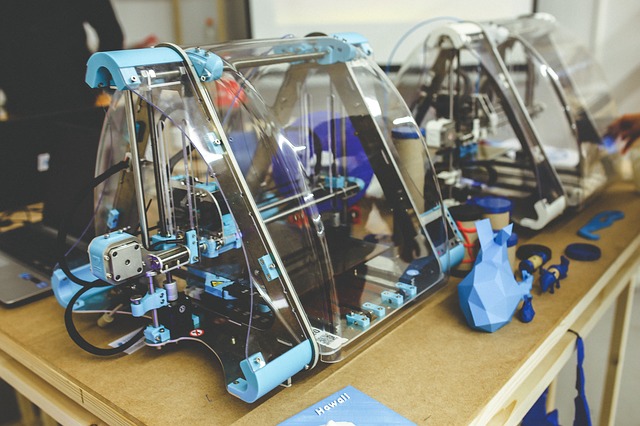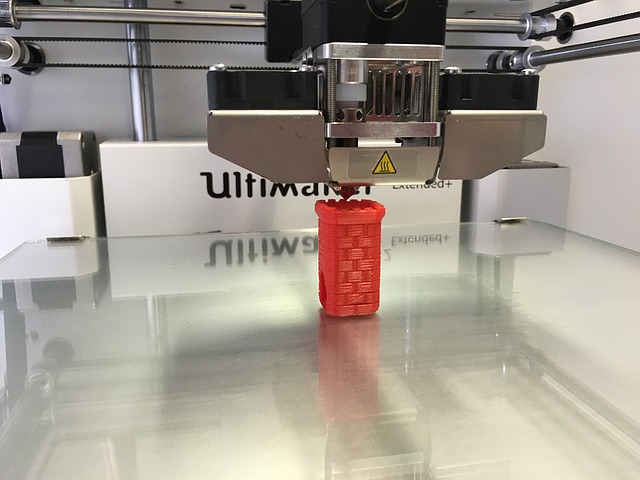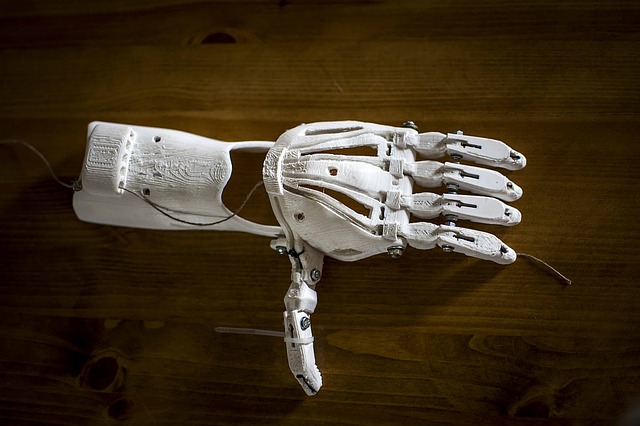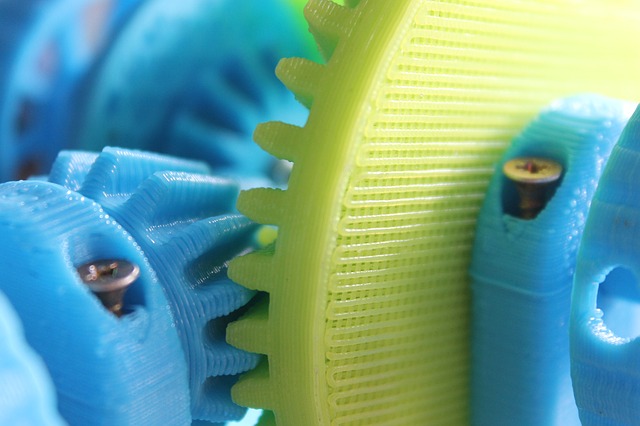It’s no surprise that 3-D printing is becoming more and more of an accepted and accredited concept in today’s society. The list of materials that 3-D printers are now able to produce is startling, plastic, glass, metal and even food are now possible. As of late, the team at MIT (Massachusetts Institute of Technology) have designed a concept system that is capable of printing the skeletal structure of a building!
Why 3-D May be Beneficial for th e Industry
e Industry
By building structures via 3-D printers, they have the capability of being produced faster, less expensively, and arguably more safer than current construction methods. Additionally, a building could be customised to an incredibly bespoke degree, meaning that a client’s vision of how they want their building to look may match exactly what they imagined.
Ultimately, the researchers say, this approach could enable the design and construction of new kinds of buildings that would not be feasible with traditional building methods.
The System and How it Works
 The system incorporates a tracked vehicle fused with a robust, industrial robotic arm, equipped with a smaller and more precise miniature robotic arm at its end. This means the arm is incredibly versatile and strong, allowing maximum control and stability for almost any task, including spraying insulation material, concrete laying and brick-laying.
The system incorporates a tracked vehicle fused with a robust, industrial robotic arm, equipped with a smaller and more precise miniature robotic arm at its end. This means the arm is incredibly versatile and strong, allowing maximum control and stability for almost any task, including spraying insulation material, concrete laying and brick-laying.
MIT’s 3-D printing system is able to simply design and construct an object of any size, unlike other typical 3-D printers which are hindered by enclosed, fixed structures that are needed to support their nozzles, meaning they can only construct items that fit within their overall site and/or area.
The researchers at MIT were so confident in their printer that they used a prototype to construct a 50 ft diameter, 12 ft high dome in no more than 14 hours of printing time. The construct was perfectly constructed.
MIT researchers also showcased the adaptability of the printer, showcasing that it can easily construct and adapt existing building codes, without requiring the initial evaluations or foundation blueprints.
Built to be Fully Self-Sufficient
 The entire system can also be operated electrically, and even has an option of running off solar panels. Additionally, its scoop-like arm, used to prepare and collect on-site materials (dirt for a rammed-earth building, for example) it makes light work of traditional building plans. What this all means is that due to its electrically operated interface and flawless mobility capabilities, it could be sent to areas where disaster has struck, providing swift and efficient temporary shelters for civilians.
The entire system can also be operated electrically, and even has an option of running off solar panels. Additionally, its scoop-like arm, used to prepare and collect on-site materials (dirt for a rammed-earth building, for example) it makes light work of traditional building plans. What this all means is that due to its electrically operated interface and flawless mobility capabilities, it could be sent to areas where disaster has struck, providing swift and efficient temporary shelters for civilians.
Due to the intricacy of the system, it is capable of crafting usually complex shapes and designs. Wiring, plumbing requirements can be inserted into foundations before concreted, which would provide a completed wall structure, all at once. Data about the site is also collected throughout various stages of the project, as it uses high-tech sensors which monitor light, temperature and other perimeters to ensure that the structure is built exactly as planned.
The system can even create complex shapes and overhangs, which the team demonstrated by including a wide, built-in bench in their prototype dome. Any needed wiring and plumbing can be inserted into the mold before the concrete is poured, providing a finished wall structure all at once. It can also incorporate data about the site collected during the process, using built-in sensors for temperature, light, and other parameters to make adjustments to the structure as it is built.
The Future of 3-D Printers
 3-D printers have truly broadened the horizons of technological advancement. Steven Keating who led the development of the printer, claims that “in the future, to have something totally autonomous, that you could send to the moon or Mars or Antarctica, and it would just go out and make these buildings for years.”
3-D printers have truly broadened the horizons of technological advancement. Steven Keating who led the development of the printer, claims that “in the future, to have something totally autonomous, that you could send to the moon or Mars or Antarctica, and it would just go out and make these buildings for years.”
Continuing, Keating stated:
Keating’s primary point was that he seeks to re-imagine the way construction companies design and erect their structures. By individualising every building, he imagines a world filled with incredibly bespoke and unique examples of contemporary architecture.
MIT Encourage other Construction Corporations to Follow Suit
MIT have truly reinvented the way we see 3-D printers today. In fact, I would go as far to say as this isn’t merely a printer, instead, it’s an entirely new way of approaching contemporary construction and architectural possibilities. Considering potential that follows 3-D printers, the future of architecture looks promising, and much more excitingly, very eccentric.
